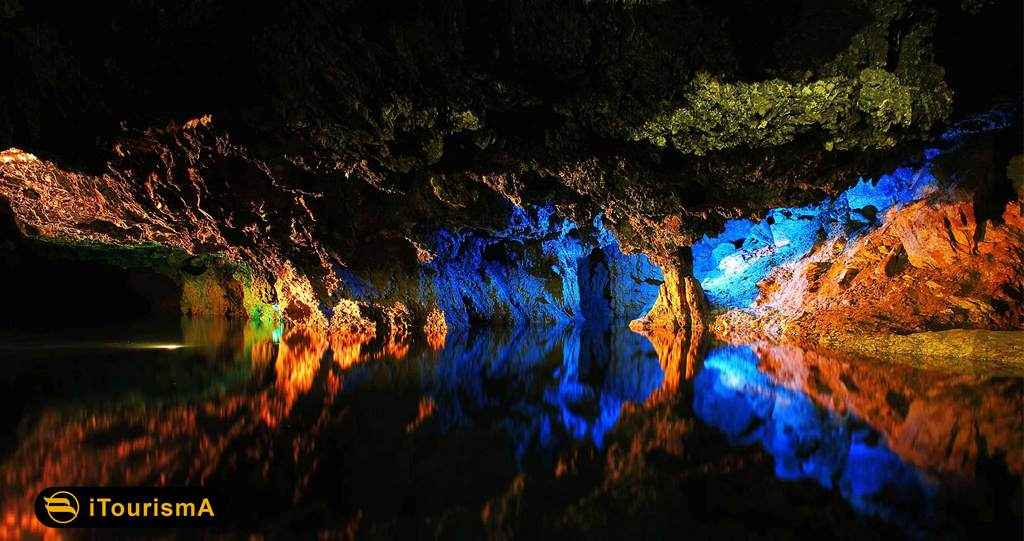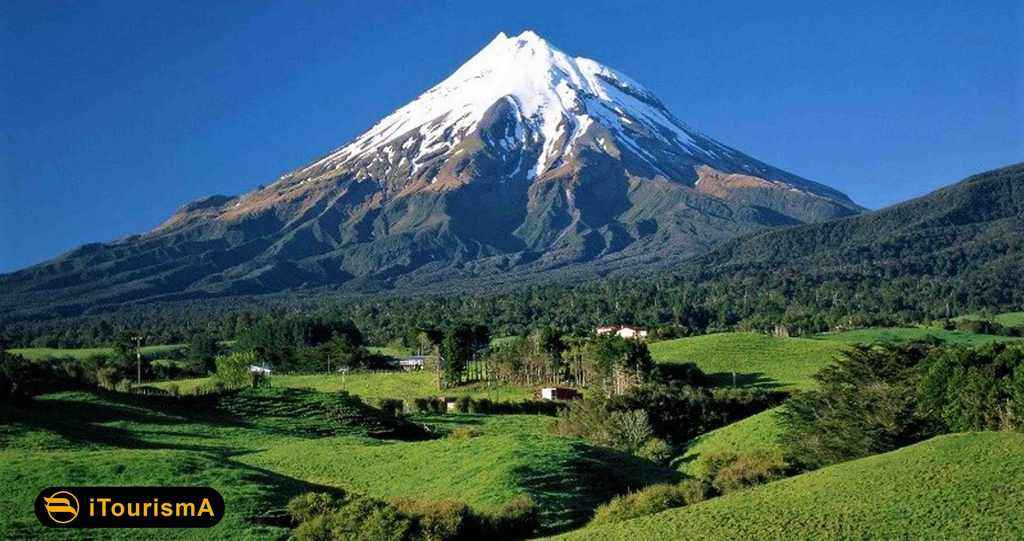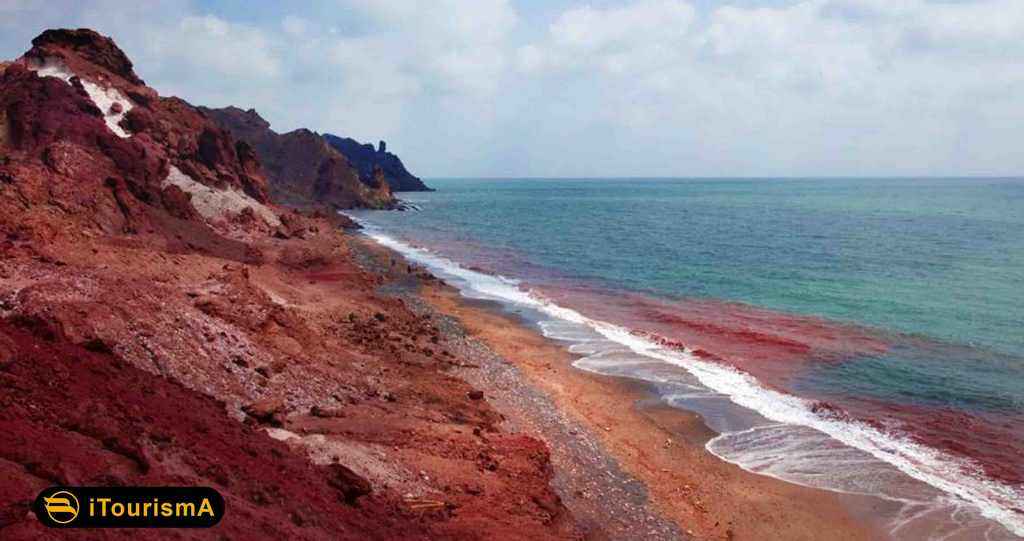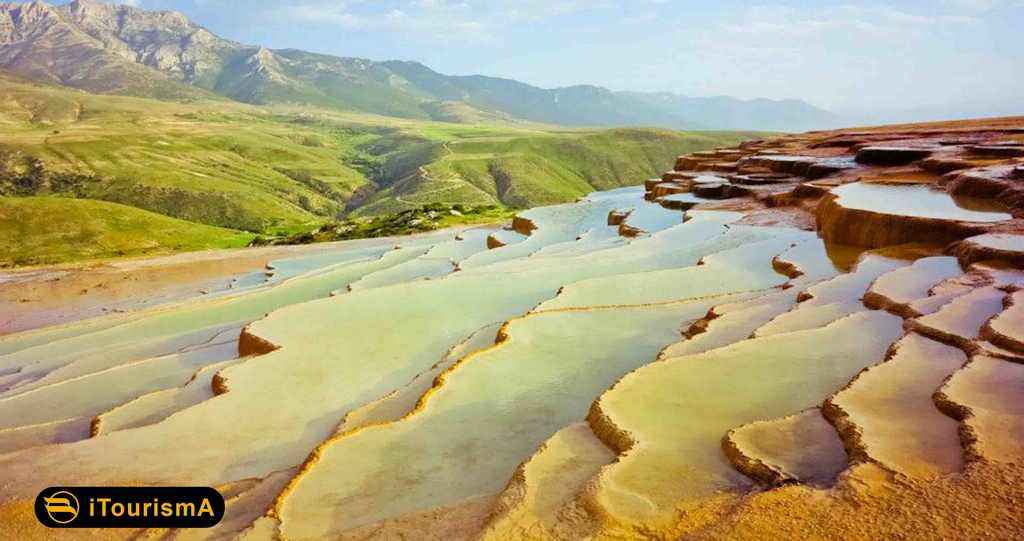Natural Attractions In Iran
For those who crave to visit Iran whose historical monuments are not satisfactory enough, the numerous awe-inspiring landscapes surrounding Iran ranging from mountains to deserts, to forests and caves offer travelers a fantastic and memorable experience. In the following, you will find a glimpse over the most wonderful ones.
Alisadr Cave:
Ali Sadr Cave originally called Ali Saadr (meaning cold) is the world’s largest water cave which attracts thousands of visitors every year. It is located in Ali Sadr Kabudarahang County about 100 kilometers north of Hamadan, western Iran.
Chahkooh Canyon:
In the Northwestern part of Qeshm Island, Chahkooh Canyon (Mountain of Wells) is located 15km away from Tabl Village. The Chahkooh Canyon is known as The Great Canyon of The Middle-East and is inscribed as a UNESCO Global Geopark site. This Geosite is an exceptional example of erosion through rainstorm water.
Mount Damavand:
Mount Damavand is known as the highest mountain in Iran and the highest volcano in the Middle East. It is located in the central part of the Alborz mountain range (central Alborz), and in the south of the Caspian Sea, in the Larijan district of Amol.
Varzaneh Desert:
Varzaneh Desert is one of the beauty deserts of the eastern part of Isfahan and the central part of Iran. At the heart of this desert, sandy hills make a wonderful view that wind beautifully crafted them in various shapes, including longitudinal hills, crests and sandy pyramids.
Hormuz Island:
Hormuz, mostly barren, hilly island of Iran on the Strait of Hormuz, between the Persian Gulf and the Gulf of Oman, 8 km off the coast. The population may decline by half in summer through migration. Hormuz village is the only permanent settlement. Resources include red ochre for export.
Badab Soort Springs:
Badab Soort has become the world’s second largest Spring Saline water. Badab Soort’s springs are two distinct mineral springs with different natural characteristics, located at 1,840 metres above sea level. The first spring contains very salty water that gathers in a small natural pool. Its water is considered to have medicinal properties, especially as a cure for rheumatism and some types of skin diseases and skin conditions. The second spring has a sour taste and is predominately orange mainly due to the large iron oxide sediments at its outlet.






